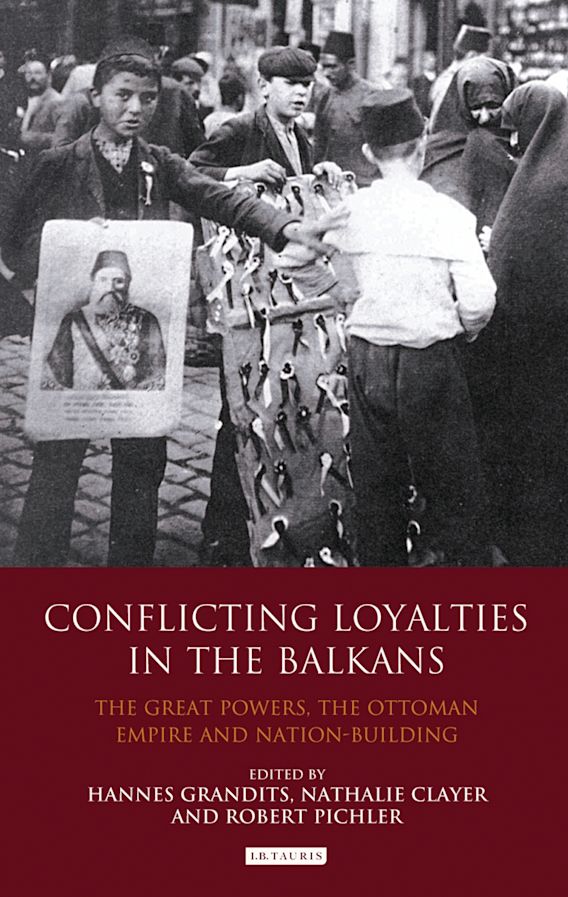Considering that the Fandi who immigrated to Kosovo were not exclusively members of that bayrak but also often belonged to other bayraks of the Mirdite region, it is appropriate to add some remarks about the origins of the Mirdites, as they also touch the region of Gjakova.
Ahmed Cevdet Paşa,13 for instance, records that the Mirdites originally did not live in the area as it is known today, but settled in the region of Gjakova.14
According to him, they were allocated land by a firman of the Sultan in the years 1436–7 in the area between the rivers Fani i Vogël (“Little Fani”) and Fani i Madh (“Big Fani”), since this region was empty after Skanderbeg had fled the territory.15
It also should be kept in mind that until the early seventeenth century, the region of what is today Mirdita was called Dukagjin16 (and belonged to the sancak of the same name),17 which also comprised the possessions of the Dukagjin family extending to Western and Central Kosovo.18
Furthermore, there is also a theory, raised by several scholars, about a connection between Bogumils and Fandi.19
Notes:
12 Within the Mirdite clan, only the bayraks of Oroshi, Kushneni and Spaçi were considered to be related by blood. Probably not until the first half of the nineteenth century did Dibri and Fandi become part of the Mirdite clan, which explains that intermarriage between these two groups was allowed. P. Bartl, “Die Mirditen”, p. 28; P. Bartl, Die albanischen Muslime zur Zeit der nationalen Unabhängigkeitsbewegung (1878–1912), Wiesbaden, Otto Harrassowitz, 1968, p. 48; Seiner, p. 114. Cevdet Pascha writes that the bayraks of Fandi and Dibri belonged to Mirdita “through relationship by marriage and vicinity” and were regarded as Mirdites, but contrary to the latter they could intermarry with the other Mirdite clans, see H.-J. Kornrumpf, “Ahmed Cevdet Paşa”, pp. 115–16.
13 1822–1895, Ottoman writer and statesman, who led a commission of enquiry about the situation in Northern Albania and the Montenegrin border in 1861. 14 This is also mentioned by the French Consul Alexandre Degrand, see A. Degrand, Souvenirs de la Haute-Albanie, Paris, H. Welter, 1901, p. 149.
15 Cavid M. Baysun, Cevdet Paşa: Tezâkir. Yayınlayan Cavid Baysun, Ankara, Türk Tarih Kurumu Basımevi, 1986, No 18, p. 198. Quoted from M. Reinkowski, Notes 311 Die Dinge der Ordnung, p. 117. For the German translation see H.-J. Kornrumpf, “Ahmed Cevdet Paşa”, p. 116.
16 P. P. Doçi, “Gjendja ekonomike-shoqërore e Mirditës”, p. 63; P. Bartl, “Die Mirditen”, p. 30. 17 H.-J. Kornrumpf, “Ahmed Cevdet Paşa”, p. 115. After the dissolution of the sancak, the Mirdita-region was incorporated into the sancak of Shkodra.
18 For the Mirdites in general, and in particular the question of the name of Mirdita and its origin of usage, see M. Reinkowski, Die Dinge der Ordnung, pp. 115–41; P. Bartl, “Die Mirditen”; A. Degrand, Souvenirs, pp. 147–49. About different versions of oral tradition concerning the origins of the Mirdites, see H. Hecquard, Histoire et description, pp. 232–34; M. Reinkowski, Die Dinge der Ordnung, pp. 121, 126–27; H.-J. Kornrumpf, “Ahmed Cevdet Paşa”, p. 116.
19 Stefan Mladenov mentions that Albanian Bogumils who converted to Catholicism were called “Funda”. He notes this in the context of discussing the Pomaks in Macedonia that were pejoratively called Torbeši, earlier the name for Bogumils, who were carrying a sack for begging (torba = sack, bag). In Greek the Bogumils were called fundaíte (funda = torba). See Stefan Mladenov, “Bemerkungen über die Albaner und das Albanische in Nordmakedonien und Altserbien”, in BalkanArchiv, Leipzig, 1 (1925), pp. 43–70, here p. 53. P. Bartl takes up this approach and connects Funda with the Fandi. He refers to remarks of the albanologist Martin Camaj who believed that the Fandi did not have the same descent as the Mirdites, but, according to their own oral tradition, originally came from Ohrid, where – as Bartl points out – the existence of Bogumils is attested. See P. Bartl, Die albanischen Muslime, pp. 29–30. Moreover, taking into account that the Austro-Hungarian Consul, Theodor Ippen, named this bayrak “Fonda”, see Theodor Anton von Ippen, Die Gebirge des nordwestlichen Albaniens, Wien, Lechner, 1908, p. 44. This makes a connection between Fandi and Bogumils according to Bartl even more probable. Another argument put forward by Bartl concerns the sect “Phoundagiagits” from the Byzantine Empire, which presumably was closely connected to the Bogumils or even was identical with them. Bartl, Die albanischen Muslime, p. 30. He also notes that some scholars connect the name of the “Phoundagiagiten” with Greek/Latin “funda” – φούνδα = sack, bag, see Martin Jugie, “Phoundagiagites et Bogomiles”, in Echos d’Orient, Bukarest, 12 (1909), pp. 257–62; Gerhard Ficker, Die Phundagiagiten: Ein Beitrag zur Ketzergeschichte des byzantinischen Mittelalters, Leipzig, Barth, 1908. Nevertheless, due to the lack of sources, this remains a hypothesis up to now.
Source. CATHOLIC ALBANIAN WARRIORS FOR THE SULTAN IN LATE OTTOMAN KOSOVO: THE FANDİ AS A SOCIOPROFESSIONAL GROUP AND THEIR IDENTITY PATTERNS*
Eva Anne Frantz






















